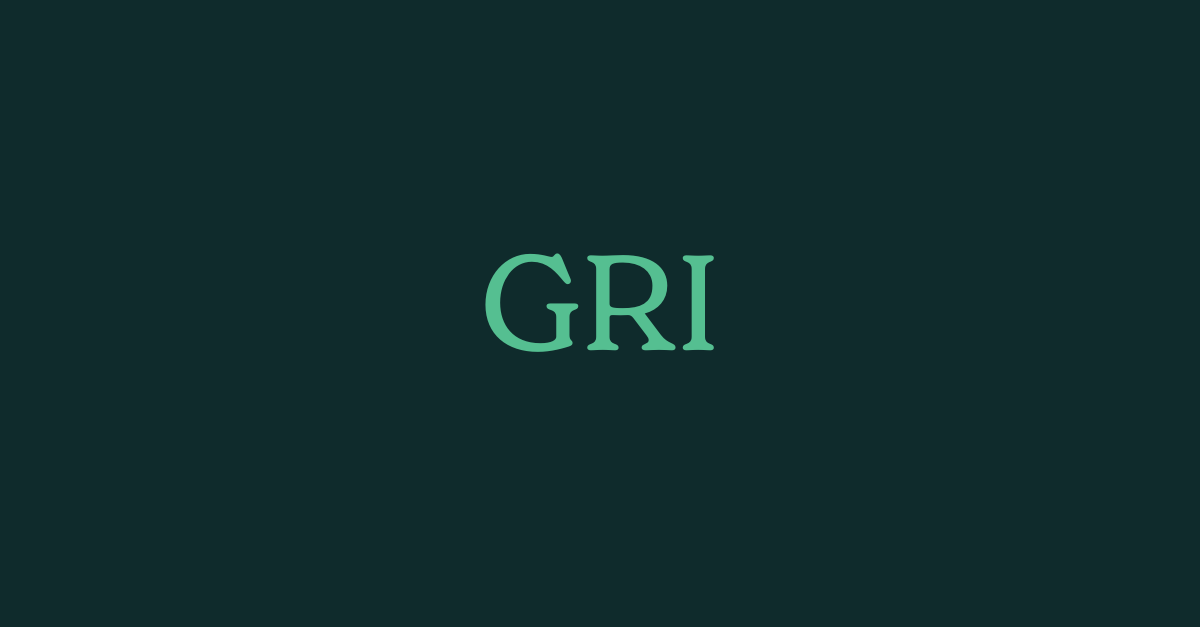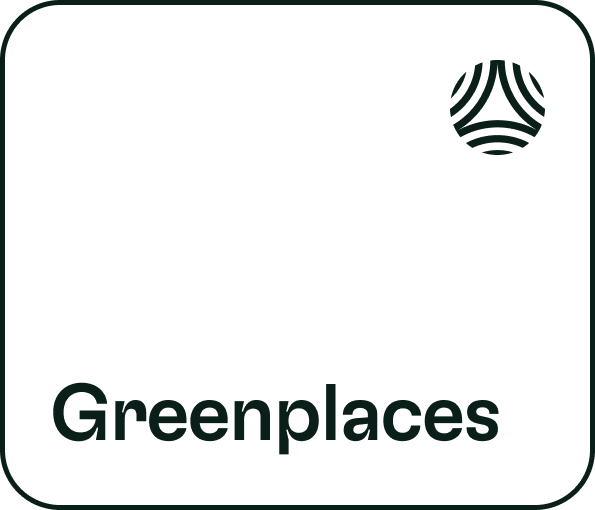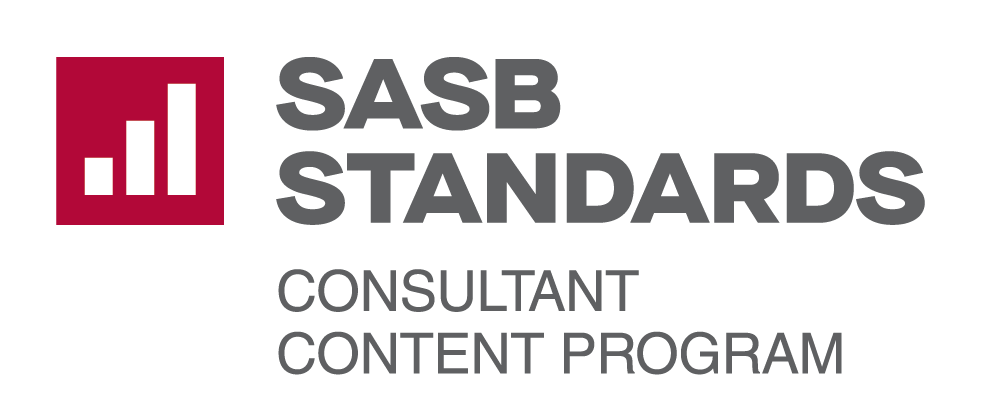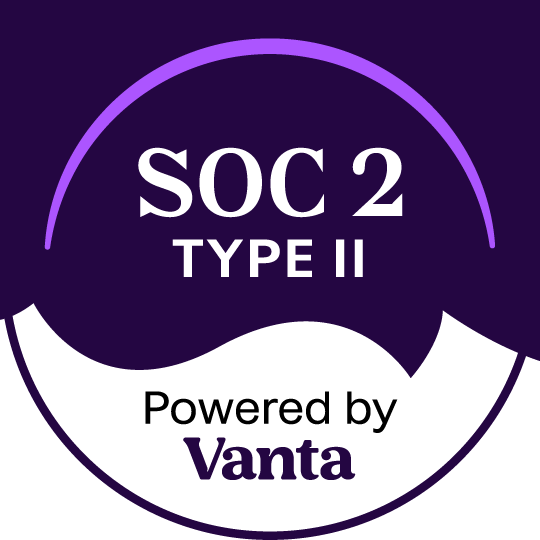Overview
Introduced: 2011
Effective from: Ongoing
Last modified: Standards updated and maintained under ISSB ongoing through 2025
Region(s): Global
About
The Sustainability Accounting Standards Board (SASB) provides industry-specific sustainability reporting standards, helping organizations identify, measure, and disclose financially material environmental, social, and governance (ESG) information. SASB standards are tailored to 77 industries across 11 sectors, offering specific, comparable metrics that reflect ESG issues most likely to impact financial performance and investor decision-making.
Since 2022, SASB has been fully integrated into the International Sustainability Standards Board (ISSB), complementing the IFRS S1 and IFRS S2 disclosure standards. This alignment strengthens SASB’s global applicability, positioning it as a primary industry-specific disclosure reference for companies adopting ISSB standards.
Criteria for compliance
-
Voluntary framework: Open to any company globally, regardless of size or sector, seeking to align sustainability disclosures with investor expectations.
-
Highly relevant for publicly traded companies and organizations disclosing financially material ESG information to investors, particularly in regulatory filings (e.g., SEC 10-K reports in the United States).
-
Indirectly mandated in jurisdictions adopting ISSB’s IFRS S1 and S2 (e.g., Canada, Brazil, UK, Japan, Singapore, Chile).
Reporting structure
SASB standards are organized by industry, with 77 identified industries grouped into 11 different sectors. This industry-specific approach ensures that the metrics are comparable across companies within a specific sector.
Compliance timelines
-
Ongoing: Companies typically integrate SASB standards into annual or quarterly financial reporting cycles.
-
2024–2025: Recommended full adoption alongside ISSB’s IFRS S1 and S2 standards, as global harmonization expands.
Disclosure requirements
SASB standards are structured around five sustainability dimensions, with industry-specific metrics:
-
Environment:
-
Climate risk and resilience
-
Greenhouse gas emissions
-
Air quality, water management, waste management
-
Biodiversity and ecosystem impacts
-
-
Social capital:
-
Community relations
-
Data privacy and security
-
Product safety and quality
-
Access and affordability
-
-
Human capital:
-
Employee health, safety, and wellbeing
-
Diversity, equity, and inclusion
-
Labor practices and fair treatment
-
Talent recruitment, retention, and development
-
-
Business model & innovation:
-
Supply chain management
-
Business model resilience
-
Product lifecycle impacts
-
Innovation and sustainable opportunities
-
-
Leadership & governance:
-
Ethical business practices
-
Corporate governance structures
-
Risk management
-
Compliance and legal frameworks
-
Companies should integrate these ESG disclosures directly into their existing financial reporting, ensuring consistency, comparability, and clarity for investors.
Third-party auditing
While SASB does not mandate third-party assurance, the integration of SASB metrics into SEC filings means that disclosures are subject to the same audit requirements as other financial information. Where adopted under ISSB-aligned regulations (e.g., IFRS S1/S2), some SASB-aligned disclosures may be subject to jurisdiction-specific assurance requirements.
Penalties for non-compliance
Noncompliance with SASB standards does not carry specific penalties from SASB itself, but inaccurate or incomplete disclosures in SEC filings can lead to legal and financial penalties under U.S. securities law.
Jurisdictions aligned
SASB is globally recognized and embedded within ISSB’s IFRS S1 and S2 standards, applicable in:
-
United States (voluntary SEC-aligned disclosures)
-
Canada (via ISSB adoption and NI 51-107)
-
Brazil (via CVM Resolution 171)
-
United Kingdom (aligned through ISSB and proposed regulatory integration)
-
Japan, Singapore, Chile (referencing ISSB-aligned standards)
-
European Union (aligned indirectly via ESRS and global ISSB harmonization)









